In Your Neighborhood: Spruce Hill
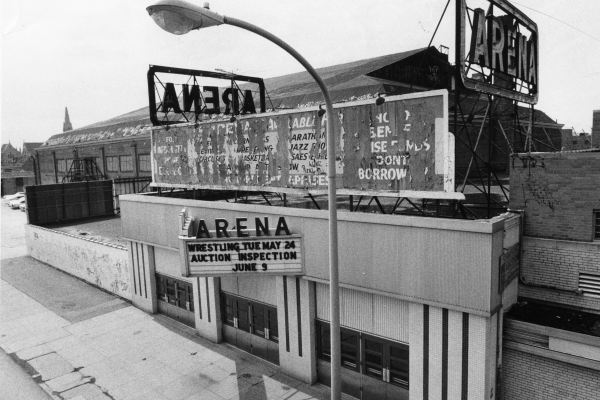
White outmigration, owner turnover, and construction of the Spectrum brought the Arena to its final years of operation.
The Arena reached its peak in the post-war years with the emergence of professional basketball.
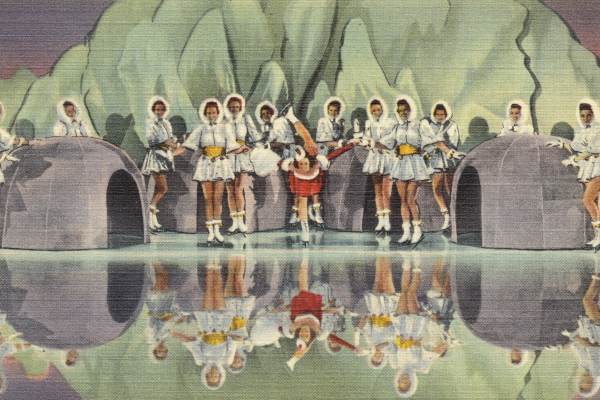
The Arena began as an ice rink, but quickly expanded to an arena used for events like boxing matches, rodeos, and major political events.
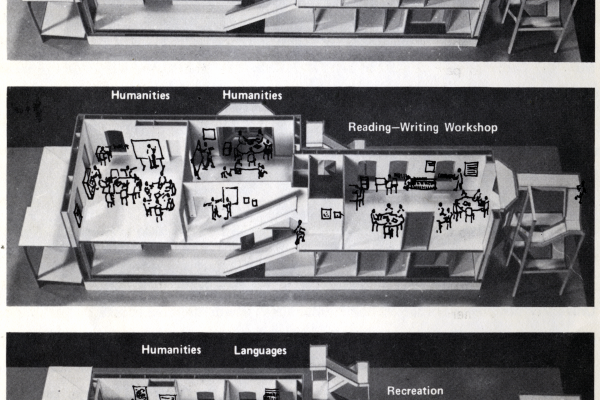
The West Philadelphia Community Free School—an experimental school annex created to alleviate overcrowding at West Philadelphia High School—was ultimately undone by conflicting visions for how it would function.
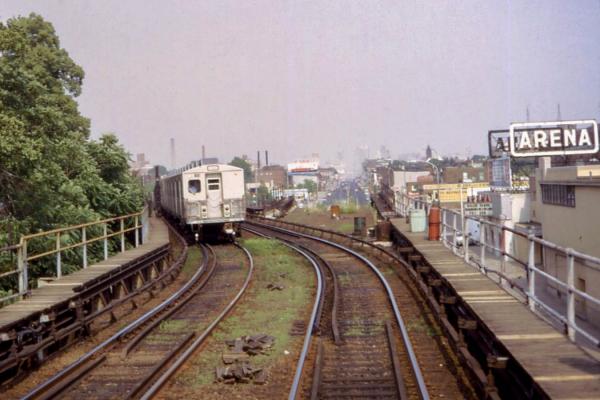
For over six decades the Arena marked the southeast corner of 45th and Market streets as a center for Philadelphia sports, entertainment, and civic events.
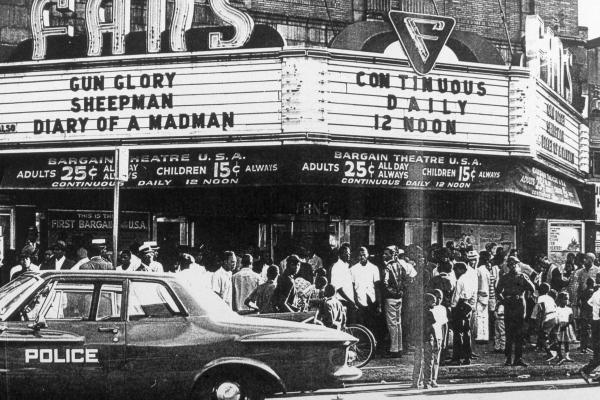
Fan’s, the last incarnation of Fay’s Theatre, served as a second-run movie theater and occasional beacon for community outreach until 1964.
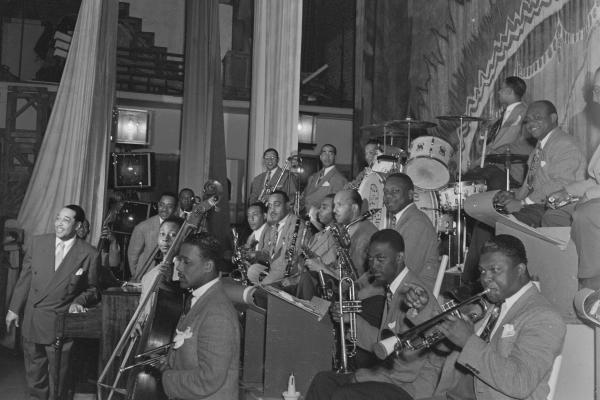
Fay’s Theatre found success as a jazz club after managers expanded their target audience to reflect West Philadelphia’s changing demographics.
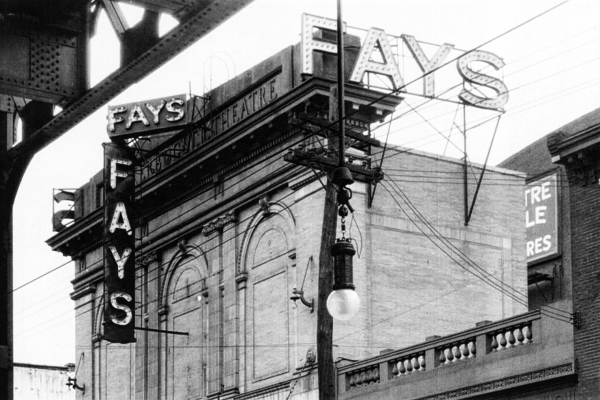
Fay’s Theatre, a small West Philadelphia entertainment venue, reflected the creation and transformation of community spaces during the Great Migration.
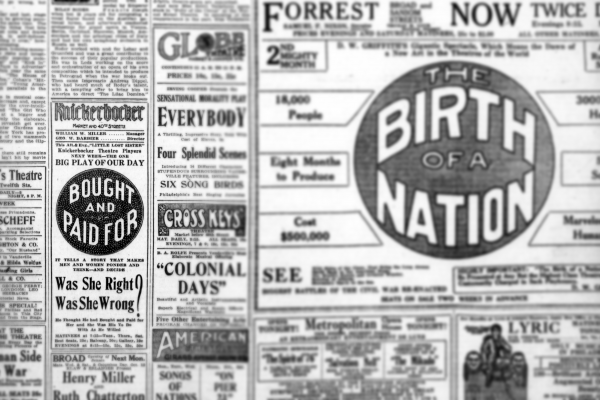
The Knickerbocker Theatre, predecessor to Fay’s Theatre, debuted in 1914, offering performances catering to the local community.